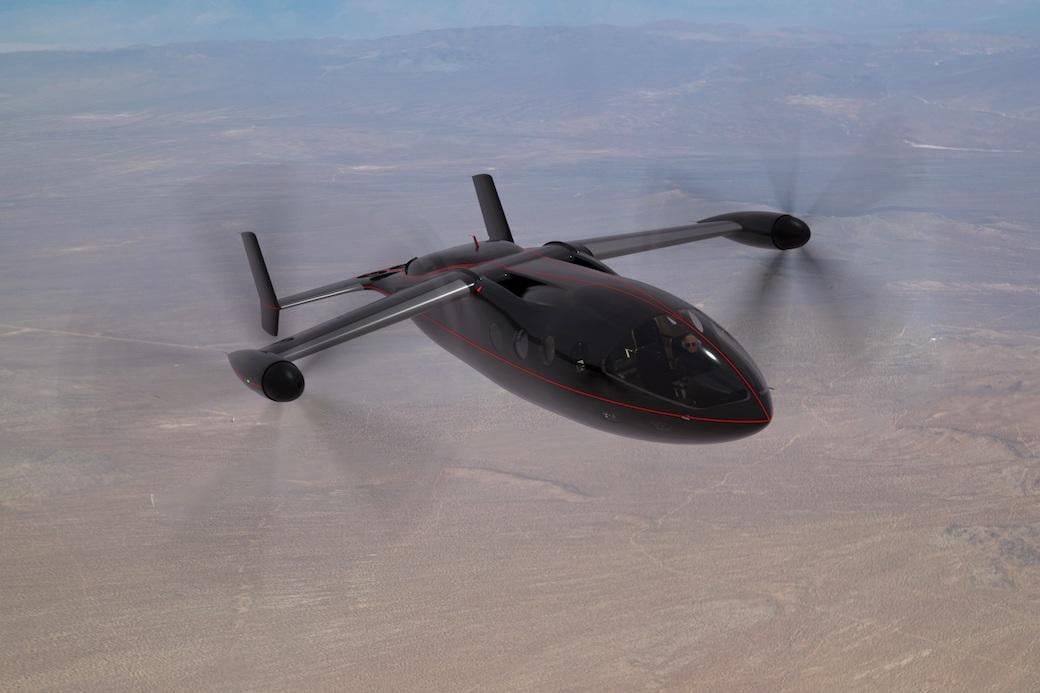
Transcend’s Vy 421 is a larger, twin-turbine version of the tiltwing design.
Credit: Transcend Air
U.S. startup Transcend Air has redesigned its turbine-powered tiltwing vertical-takeoff-and-landing (VTOL) aircraft and is working to raise the funding required to build a proof-of-concept vehicle. The original Vy 400 was to be powered by a single 2,500-shp GE Aerospace CT7-8 turboshaft and designed...
Subscription Required
This content requires a subscription to one of the Aviation Week Intelligence Network (AWIN) bundles.
Schedule a demo today to find out how you can access this content and similar content related to your area of the global aviation industry.
Already an AWIN subscriber? Login
Did you know? Aviation Week has won top honors multiple times in the Jesse H. Neal National Business Journalism Awards, the business-to-business media equivalent of the Pulitzer Prizes.





